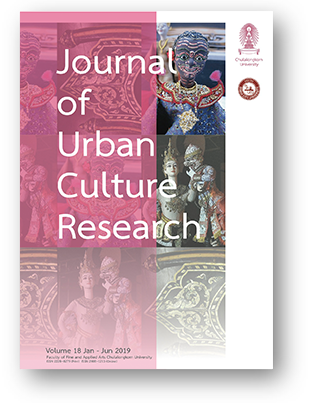Cultural Planning at 40: The Community Turn in the Arts
DOI:
https://doi.org/10.14456/jucr.2019.2Keywords:
Cultural Planning, City Planning, Nonprofit Arts, Cultural Sector, Cultural EquityAbstract
Municipal policies that impact cultural practices and resource allocations for cultural organizations, events, and public art are often determined through a process known as cultural planning, a practice that arguably began in the United States in 1979. This article examines cultural planning in the United States based on a 2017 survey and compares its findings with a 1994 study to identify ways cultural planning and the cultural sector have and have not evolved during its four decades of practice. The article asks: does community cultural planning motivate a shift from arts development to wider community development? Does it contribute to a community turn in the arts? Research found more recent cultural plans addressed a wider scope of community issues and that expectations of cultural planning among cultural sector leaders have expanded. Since the 1990s, expectations of cultural planning have focused more outwardly on community needs rather than internal sector needs as earlier plans did. However, cultural planning fell short in two important ways: integration of cultural plans with general city plans, and more equitable distribution of resources to under-represented communities – meaning communities of color and immigrant communities – in spite of stated intentions to do so.
Downloads
Published
How to Cite
Issue
Section
License
Authors authorize the JUCR to publish their materials both in print and online while retaining their full individual copyright. The copyright of JUCR volumes is retained by Chulalongkorn University.
The views and opinions expressed herein are those of the individual author(s) and do not necessarily reflect the policies or opinions of the Journal (JUCR), it editors and staff, Chulalongkorn University, or Osaka Metropolitan University.








